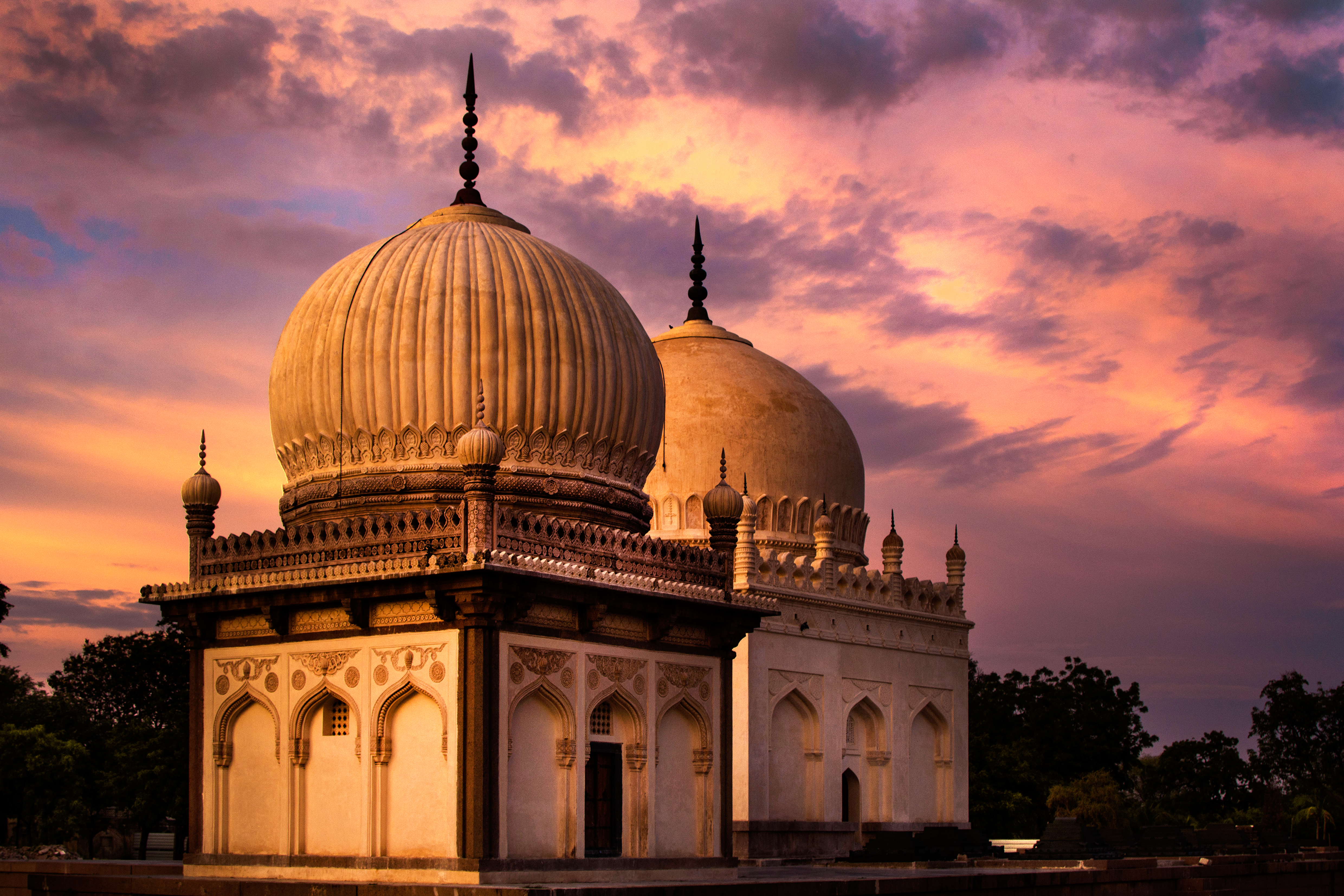In the heart of Hyderabad, perched atop a rolling hill, Falaknuma Palace stands as a testament to architectural brilliance and royal opulence. Conceived by Nawab Sir Viqar-ul-Umra in the late 19th century, this magnificent structure emerged from a vision inspired by extensive European travels, blending Italian and Tudor architectural styles into a breathtaking masterpiece that would come to define the city's architectural landscape.
The palace's construction was an extraordinary endeavor, spanning nine years and consuming a staggering 40 lakh rupees—a sum so immense it nearly bankrupted its visionary creator. Designed by British architect William Mard Marret, the palace's unique layout resembles a scorpion, with buildings spreading like wings and the Gol Bungalow mimicking a tail, creating an architectural marvel that was decades ahead of its time.
When the sixth Nizam, Mir Mahbub Ali Khan, first visited the palace, he was so captivated that a planned week-long stay extended to an entire month. Eventually purchasing the property, the Nizam transformed Falaknuma into a royal residence that would host an impressive array of global dignitaries, including King George V, Queen Mary, and Tsar Nicholas II, each experiencing the unparalleled luxury and grandeur of this hilltop sanctuary.
The palace's history is not merely a tale of architectural splendor but also one of resilience and restoration. After decades of neglect, where wild dogs roamed its corridors and slums encroached its walls, the Taj Group of Hotels undertook a monumental restoration project. Led by Princess Esra Jah, the restoration took a decade, meticulously repairing massive wall cracks and water-damaged interiors to resurrect the palace's former glory.
Today, Falaknuma Palace is more than a historical monument—it is a living narrative of Hyderabad's royal heritage. Its interiors boast the world's largest collection of Venetian chandeliers, with 40 magnificent pieces illuminating spaces adorned with life-size oil paintings and jade statues. The palace's sophisticated design incorporates Italian marble, intricate walnut wood interiors, and an unprecedented electrical system that was revolutionary for its time.
The palace's significance extends beyond its physical beauty. It represents a pivotal era in Indian history, capturing the transition from royal splendor to modern hospitality. Its walls have witnessed significant political and social transformations, from hosting royal ceremonies to becoming a symbol of cultural preservation and architectural restoration.
Reopened in November 2010, Falaknuma Palace has since won numerous prestigious hospitality awards and topped TripAdvisor's list of the best palace hotels worldwide. Its transformation from a neglected royal residence to a luxury hotel offers guests an immersive journey through Hyderabad's rich historical tapestry, allowing them to experience the grandeur of a bygone era.
As a testament to its enduring legacy, Falaknuma Palace continues to captivate visitors with its extraordinary blend of historical significance and modern luxury. It stands not just as a building, but as a living museum that narrates the complex, beautiful story of Hyderabad's royal past, inviting travelers to step into a world of unparalleled elegance and historical richness.









